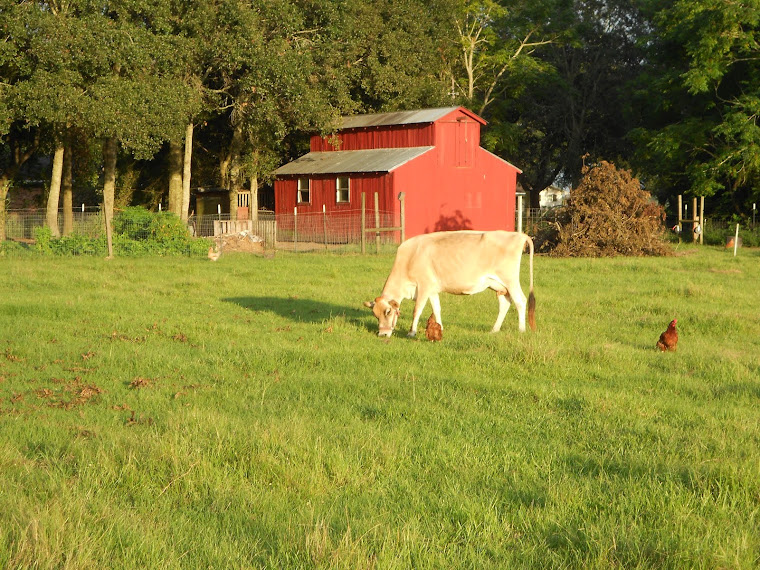You may have been thinking as you read the title to this post, "I thought they were Christians." We are. For the last twenty-something years, we celebrate the Passover, but from a Christian perspective. It's an exciting event we look forward to each year. Tricia busies herself in the kitchen the day before, roasting lamb with rosemary and herbs, preparing wild rice, roasted beets and kohlrabi, snap beans, cole slaw, squash with chicken, tabbouleh, hummus, with homemade cheesecake and coffee for dessert.
The table is set in the dining room with fine china and silver. After church we gather for our Passover Seder. Both Russ and Benjamin joined us for the festivities. Unfortunately, Laura Lee was unable to join us, but we pray next year she will. Over the years, we've invited numerous guests to join us as it is a special event to share and celebrate.
We gathered around the table and got ready to begin.
Mother lights the candles to get things started.
The seder lasts about an hour and we follow a guide called the Haggadah, or the Telling. It orders the meal, and it is read as everyone follows along.
There are special foods that symbolize different things in the story, there are prayers and rituals, and the audience is invited to participate as we put dots of wine on the plate as the 10 plagues are read aloud. The story from Exodus is read that recounts Moses leading his people out of Egypt.
Each person participates in reading and asking questions. Four cups of sparkling grape juice are poured signifying, The Cup of Sanctification, The Cup of Deliverance, The Cup of Redemption, and The Cup of Praise.
The significance of the matzoh being unleavened and striped and pierced is discussed. We learn and remember the significance of Passover to the Christian. Just as the Israelites applied the blood to the doorposts of their home so that the Angel of Death would pass over their home, we remember that the blood of Jesus, the Passover Lamb, applied to our hearts give us freedom from the slavery of sin and give us life eternal.
In John's Gospel, John 1:29 to be exact, John the Baptist, when he saw Jesus walking up, said, "Behold the Lamb of God which taketh away the sin of the world." It was a very important thing to say. Jesus is our Passover Lamb!
Passover. A day of remembering. A day to enjoy faith, family and food! Next Sunday we'll celebrate Resurrection Sunday, where we'll celebrate the high point in the Christian life, when Jesus rose from the grave victorious over sin!

